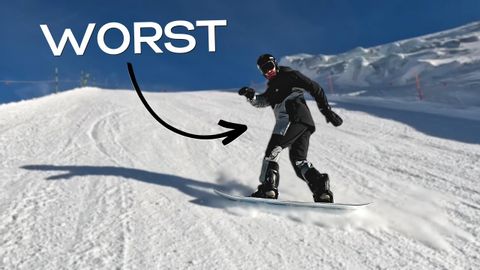スノーボードターン練習法(悪い順) (Snowboard Turn Exercises (RANKED WORST TO BEST))
niniba が 2024 年 08 月 30 日 に投稿  この条件に一致する単語はありません
この条件に一致する単語はありません- v.t./i.突き刺す : 刺し込む;貼る : くっつける;とどまる;突き出す;我慢する
- n. (c.)棒
US /ˈprɑːpərli/
・
UK /ˈprɔpəlɪ/
US /dɪˈskrɪpʃən/
・
UK /dɪˈskrɪpʃn/
US /ˈɪnstəns/
・
UK /'ɪnstəns/
- n. (c./u.)例;発生;インスタンス
- v.t.例に挙げる
- phr.要請で
エネルギーを使用
すべての単語を解除
発音・解説・フィルター機能を解除
